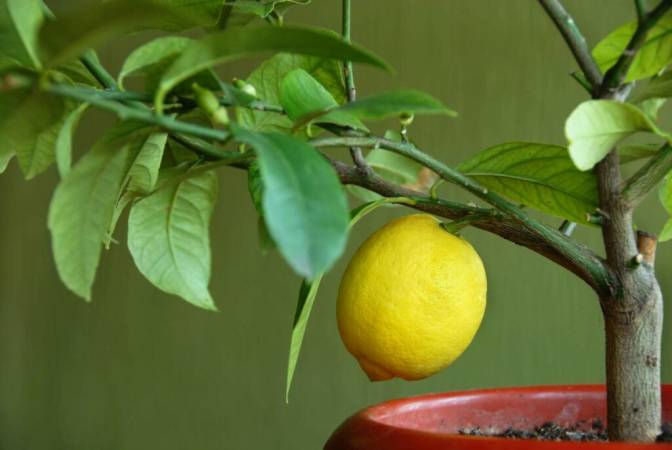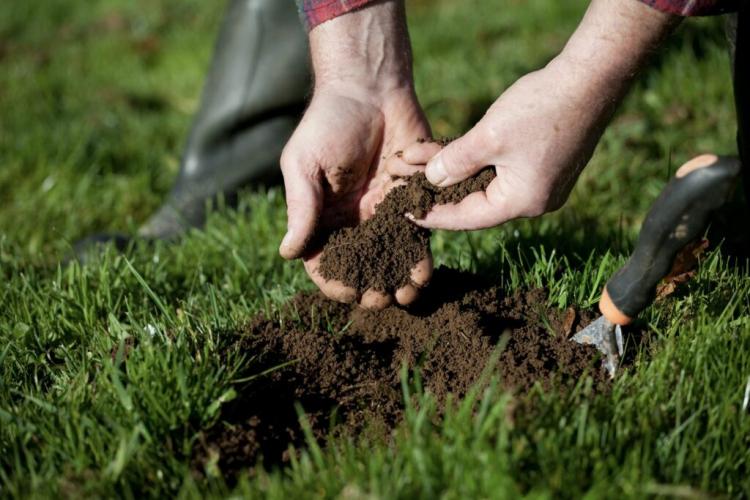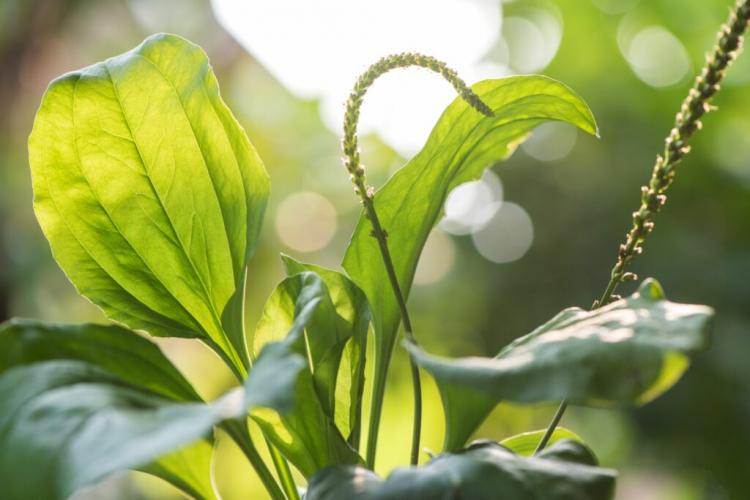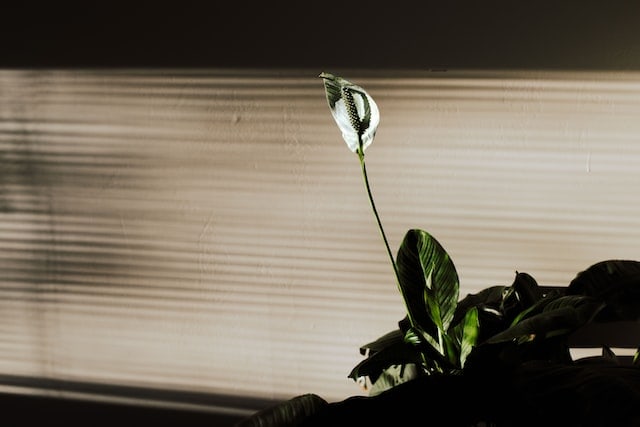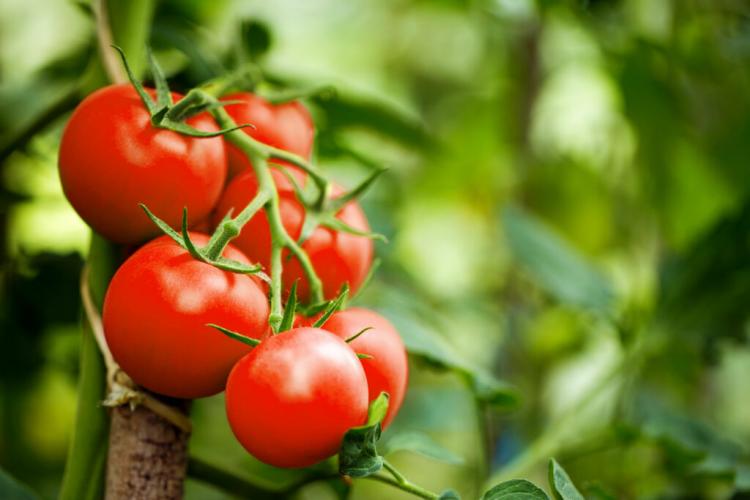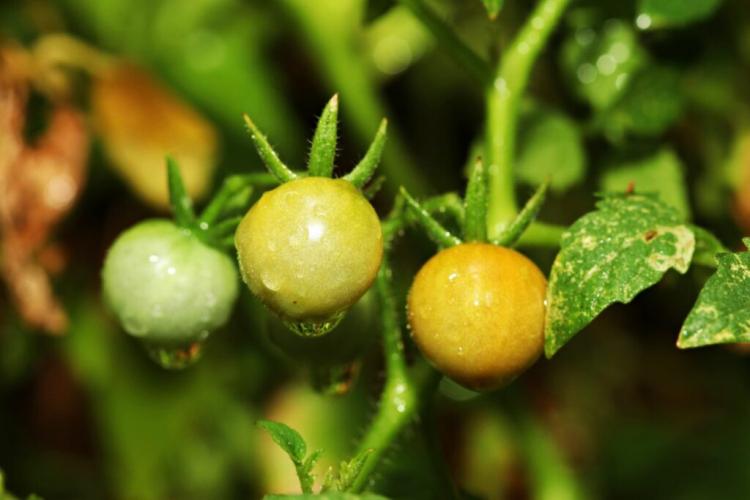Hollyhocks: Location, Care And Tips For Sowing
When to plant hollyhocks How can you propagate hollyhocks by seeds and what should you watch out for when cutting? The best varieties and tips for caring for hollyhocks. In midsummer, the bee-friendly and towering hollyhocks bloom in many bright colors and adorn our balconies, house walls, or garden fences with their large flowers.
Contrary to what its name suggests, the hollyhock does not belong to the rose family (Rosaceae) and also shows great visual differences to the species of the genus Rosa. If you would like to learn something about planting, caring for, and the variety of roses, you will find what you are looking for in our special article about this flower queen.
Hollyhocks: flowering time, origin, and characteristics
Table of Contents
Hollyhocks ( Alcea ) are flowering perennials and form a separate genus in the Mallow family (Malvaceae). The old garden mallows originally come from the Orient. They have also felt at home in Europe for a long time. Their special feature is their height. Hollyhocks can reach heights of up to 3 m and are often planted at the back of perennial beds or on house walls. This is how they come into their own.
Hollyhocks are usually biennial, but can also be perennial in favorable locations. If they are re-sown every year, you can see their beautiful flowers year after year. In the first year, only the leaf rosette is formed, from which a strong, barely branched stalk with numerous flower spikes grows up in the second year. The stem and the lobed, approximately 15 cm large leaves of the hollyhocks are light green in color and have rough hairs.
The flowering period of the hollyhocks lasts from July to September. There is a great variety of hollyhock species and varieties, the flowers of which appear in many different colors and can be unfilled or double. The best known and most common hollyhock species is the common hollyhock ( Alcea rosea ). It is also called peasant rose, hollyhock, or garden mallow.
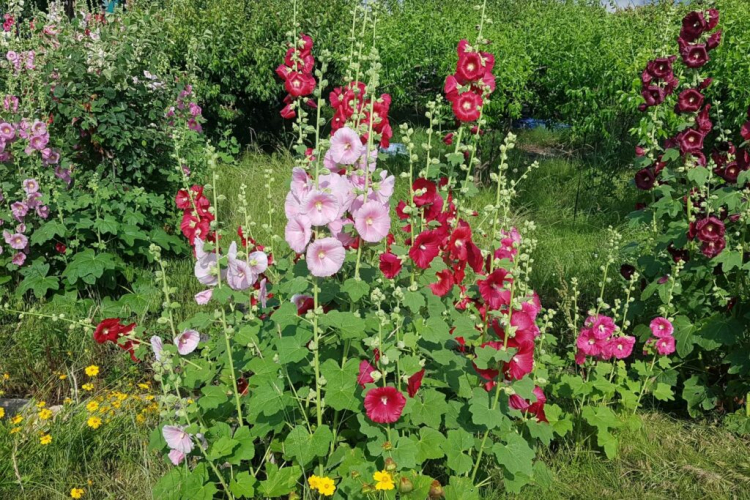
Hollyhock varieties
Popular varieties of the common hollyhock are Alcea rosea ‘Nigra’ with deep red, almost black-looking flowers and Alcea rosea ‘Pleniflora’, which is available in many bright colors such as yellow, dark pink, or red and whose flowers are plump. Both varieties reach heights of around 2 to 2.5 m.
A lesser-known species of hollyhock is the pale hollyhock ( Alcea pallida ), also known as the Balkan hollyhock. It grows to a height of 1.8 to 2.5 m and has wonderfully fragrant flowers in pastel pink up to 10 cm in size. Their flowering period lasts from May to October and is therefore extremely long. The pale hollyhock is very easy to care for and resistant to drought and mallow rust.

The ‘Mars Magic’ and ‘Polarstar’ varieties from the Alcea rosea Spotlight series remain slightly lower. They reach a height of 1.6 to 1.8 m and form large, bowl-shaped flowers in fiery red or white with a yellow center. They have a special long-distance effect in the perennial bed.
Plant hollyhocks
Hollyhocks can either be bought in specialist garden shops as pre-grown young plants and then planted directly in the desired place in the garden, or they can be sown. In addition to the right time to sow, the choice of location plays an important role in the development of the perennials.
You might so like: Plant And Care Banana Tree In Your Garden
When to plant hollyhocks
The hollyhock seeds can be sown from May or June. However, hollyhocks can also be sown well into autumn. The planting of premature hollyhocks from the trade can also be carried out from May. If the hollyhocks have been sown densely in a bed, they should be transplanted to their intended location in the garden or perennial bed before the start of winter so that they can develop well in the next spring.
What is the perfect location for hollyhocks?
Hollyhocks feel at home in warm, sunny locations in the garden or on the balcony. They prefer nutrient-rich and well-drained, dry to moderately moist soil. If the soil in your garden does not sufficiently meet these requirements, it is advisable to use high-quality potting soil. The location should also be protected from the wind as much as possible, as the stems of the hollyhocks can easily break in the wind due to their height. Hollyhocks exposed to the wind must be tied to a wooden stick or something similar in good time to prevent damage.
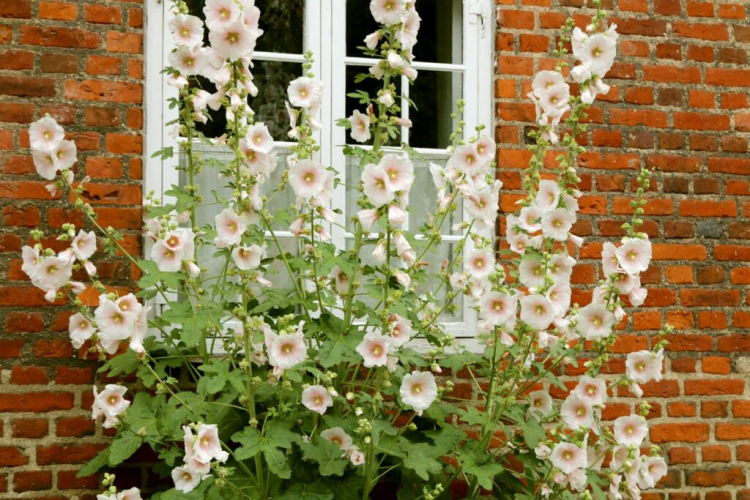
How to plant hollyhocks in the bed
Hollyhock seeds can be sown on a loose, finely crumbly seedbed in the garden from May to late summer. For better germination success on very sandy or very heavy garden soils, the upper soil layer should be mixed with seed soil. Then place 2 to 3 seeds in small hollows at a distance of 5 to 10 cm. Since hollyhocks are dark germs, the seeds must be covered with an approximately 2 cm thick layer of the substrate.
The seeds germinate within 2 to 3 weeks and gradually develop into strong young plants. Now they have to be carefully dug up and replanted in the space provided for them in the garden. Make sure there is a sufficient planting distance of 50 to 60 cm between the individual hollyhocks. In the first year, only a rosette of leaves forms on the young plants, from which a stalk with numerous flowers grows upwards in the second year.
Plant hollyhocks in the tub
Hollyhocks can also be kept well in the tub on the balcony or terrace. Due to its slim, tall growth, the hollyhock is very space-saving and therefore particularly suitable for smaller balconies. Hollyhocks from taproots, which is why you should make sure that the height is sufficient when choosing a suitable planter. In addition, the bucket must have a drainage hole, as waterlogging must be avoided. Fill it with a suitable substrate organic potting soil. A little sand can be added to increase the permeability of the substrate. Then, as described above, 2 to 3 seeds are placed in small hollows approx. 50 cm apart and covered flat with the substrate.
Hollyhock care
Hollyhocks are very easy to care for and do not need any special care in addition to regular watering, occasional fertilizers, and pruning in autumn. In windy locations, it may be necessary to tie it to a wooden stick to protect the handle from damage caused by the effects of the wind.
Cut hollyhocks
When the hollyhocks have faded, the stems should be cut back to about 10 cm above the ground. If the pruning is carried out immediately after it has faded, this can even lead to another flowering in the following year. However, if the aim is to obtain seeds, the hollyhocks may only be cut after the seeds have ripened.
You might so like: Lemongrass: A Touch Of Asia In Your Garden
Fertilize and water hollyhocks
In the first few weeks after sowing in particular, it is important that the soil moisture is as constant as possible so that the seeds germinate successfully. Young plants should also be watered regularly so that they can develop well. In summer, the soil around the hollyhocks must be kept at least minimally moist. By covering the soil with a light layer of mulch, you can keep the moisture in the soil longer.
In the second year, the hollyhocks also look forward to spring fertilization. Organic flower fertilizer, for example, is very suitable for this. Alternatively, nutrient-rich organic compost can be used.
Propagate hollyhocks
Hollyhocks multiply by themselves if you wait until the seeds are ready to cut back the stems. The ripe seeds fall to the ground and, under favorable conditions, germinate in the same year or the following year and grow into new hollyhocks.
Sowing hollyhocks: Propagation by seeds
If you want to better control the reproduction, you can harvest the ripe, brown seeds in late summer and then sow them specifically in autumn or early summer as described above. If the seeds are not to be sown immediately, it is important to first dry them and then store them in a dark container. This container should not be airtight, otherwise, mold could develop.
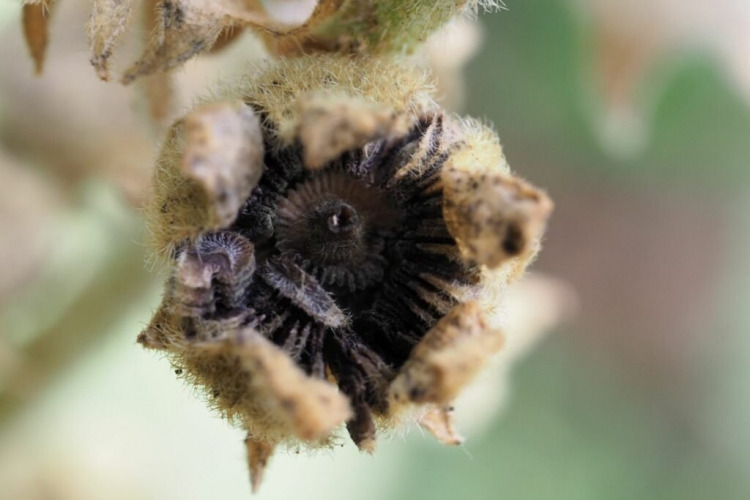
Hibernating hollyhocks: are hollyhocks hardy?
The two-year-old hollyhocks are hardy and do not need winter protection from us. The aboveground plant parts of the hollyhocks die after flowering in the cold season and can be cut back. At very low temperatures, a layer of leaves or fir branches can be placed over the hollyhocks to protect against frost. This measure is particularly advisable for young plants.
Hollyhock diseases and pests
Mallows that are too close together are very often attacked by a hollyhock disease called mallow rust. Mainly the hollyhock leaves are affected. The fungal attack can be recognized by yellow spots and rust-red pustules on the leaf surfaces. As soon as an infected leaf is seen, it should be removed from the plant immediately and disposed of in the residual waste to prevent further spread.
You might so like: Sansevieria Trifasciata (Bow Hemp): Expert Tips On Fertilizing And Repotting
Another fungal disease in hollyhocks is wilt disease ( Phoma ). When infected by the corresponding fungus, the hollyhocks begin to wither from below. The oldest leaves are attacked first and turn brownish at the leaf edges. The discoloration increases towards the center and the affected areas turn black. Since these areas contain fungal spores that can spread to other plants, you should immediately dig up the plants completely and dispose of them in the residual waste and replace the soil around the plant.
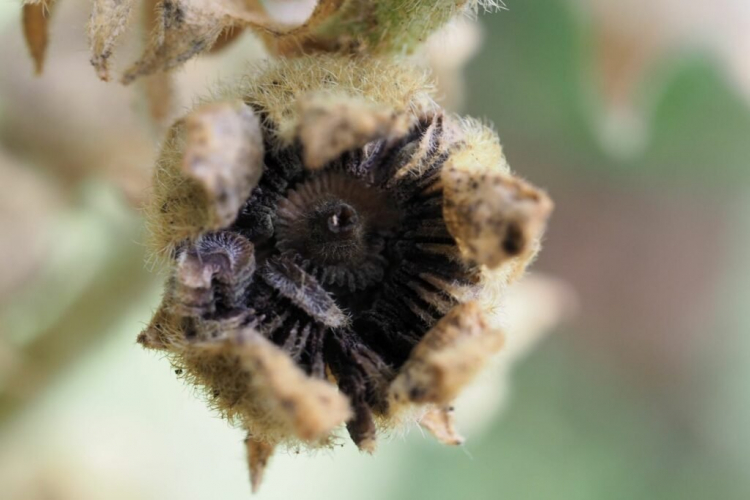
The following pests cause damage to hollyhocks:
- Long-nosed hollyhock shrew ( Rhopalapion longirostre ): The weevil bores holes in the flower buds and lays eggs in them; the seeds later contain larvae and are unusable.
- Mallow Flea Beetle ( Podagrica fuscicornis ): The beetle often occurs when the soil is too dry and drills holes, especially in the stalks of hollyhocks; In these holes, he lays his eggs, from which larvae hatch, which then eat plant tissue and thereby damage the plant.
- In spring, in particular, there are more and more aphids ( Aphidina ) and snails, which suck the sap from the hollyhocks or leave them damaged.
If you are interested in other bee-friendly plant species for your perennial bed, you can find further suggestions in our special article on bee-friendly perennials.

